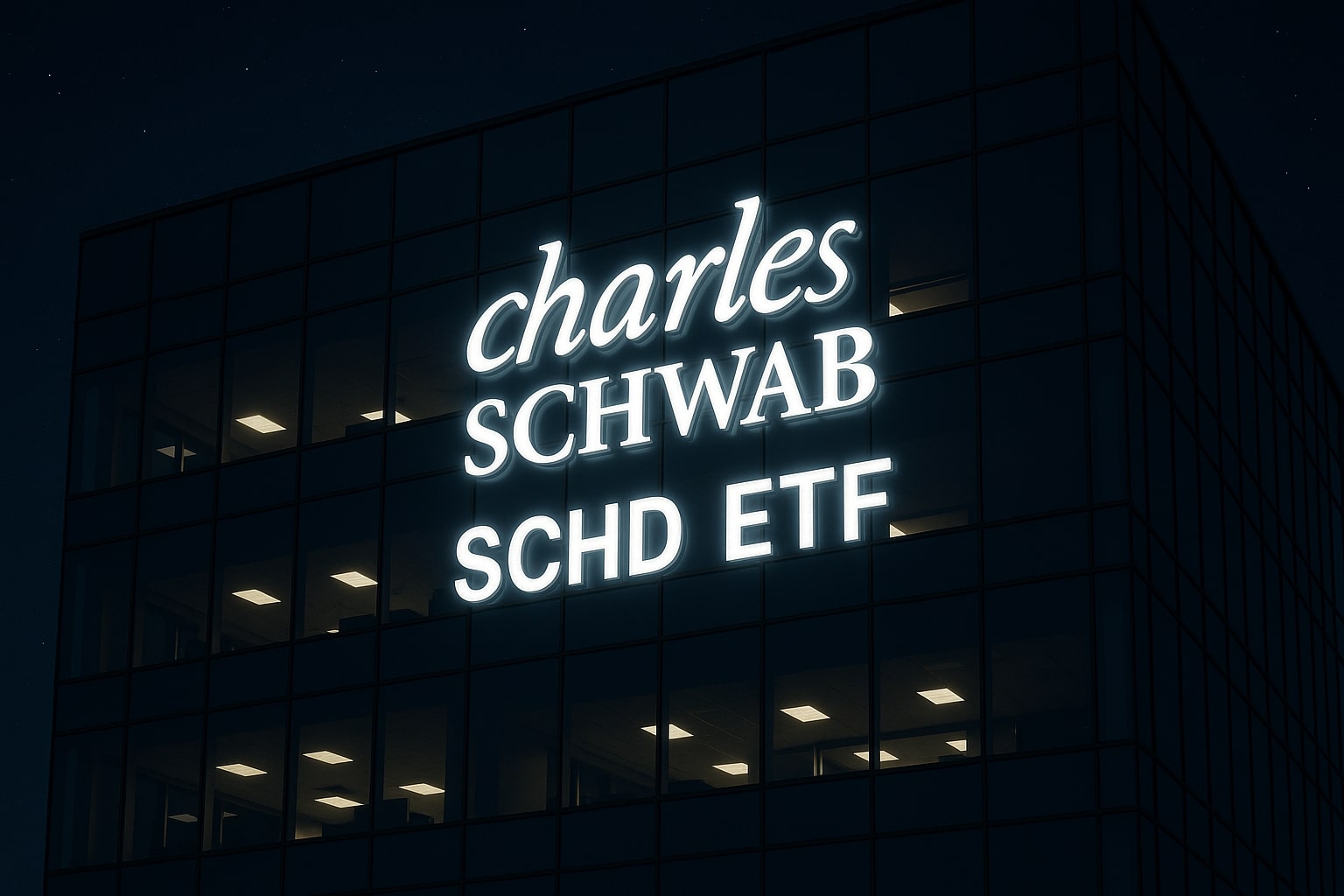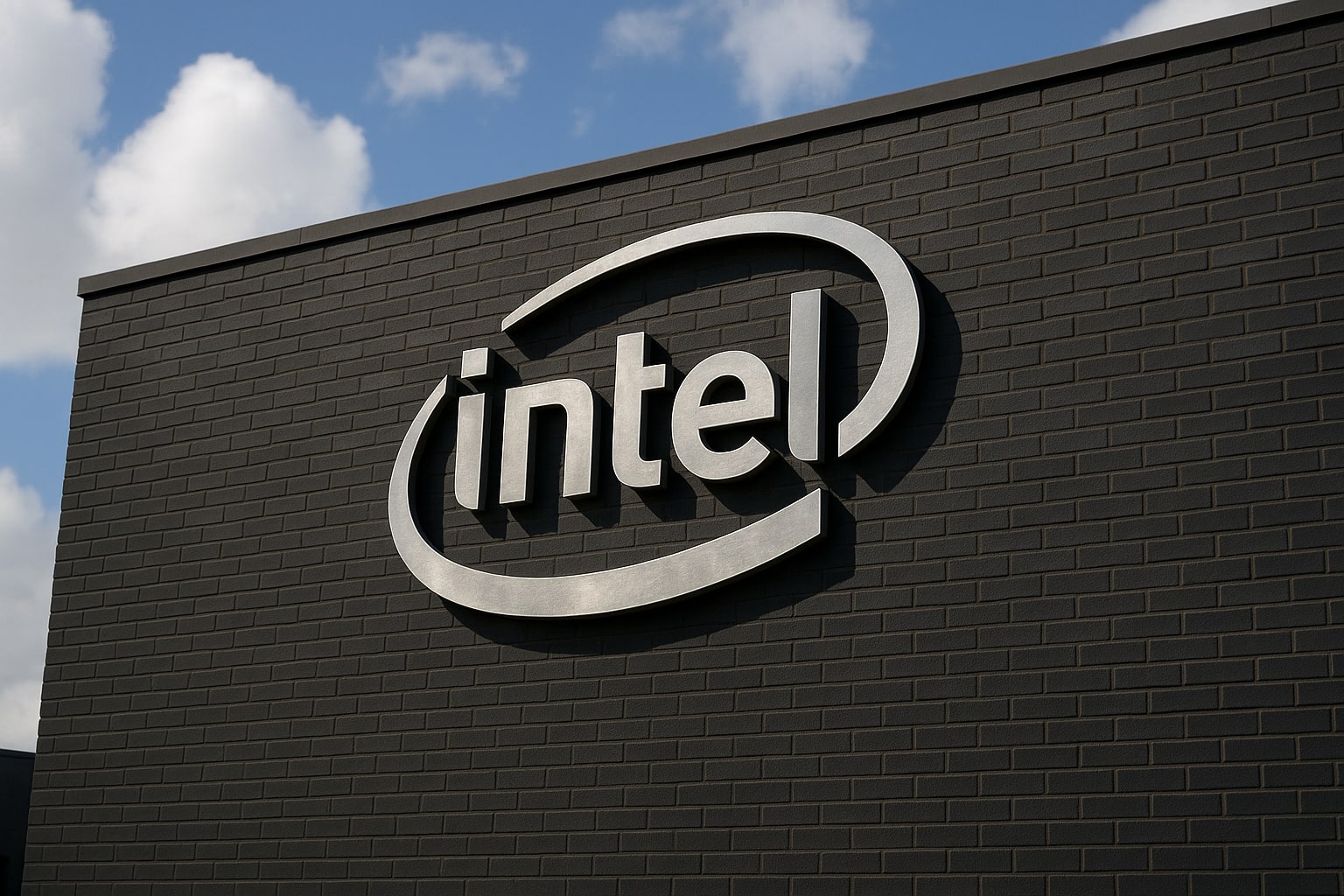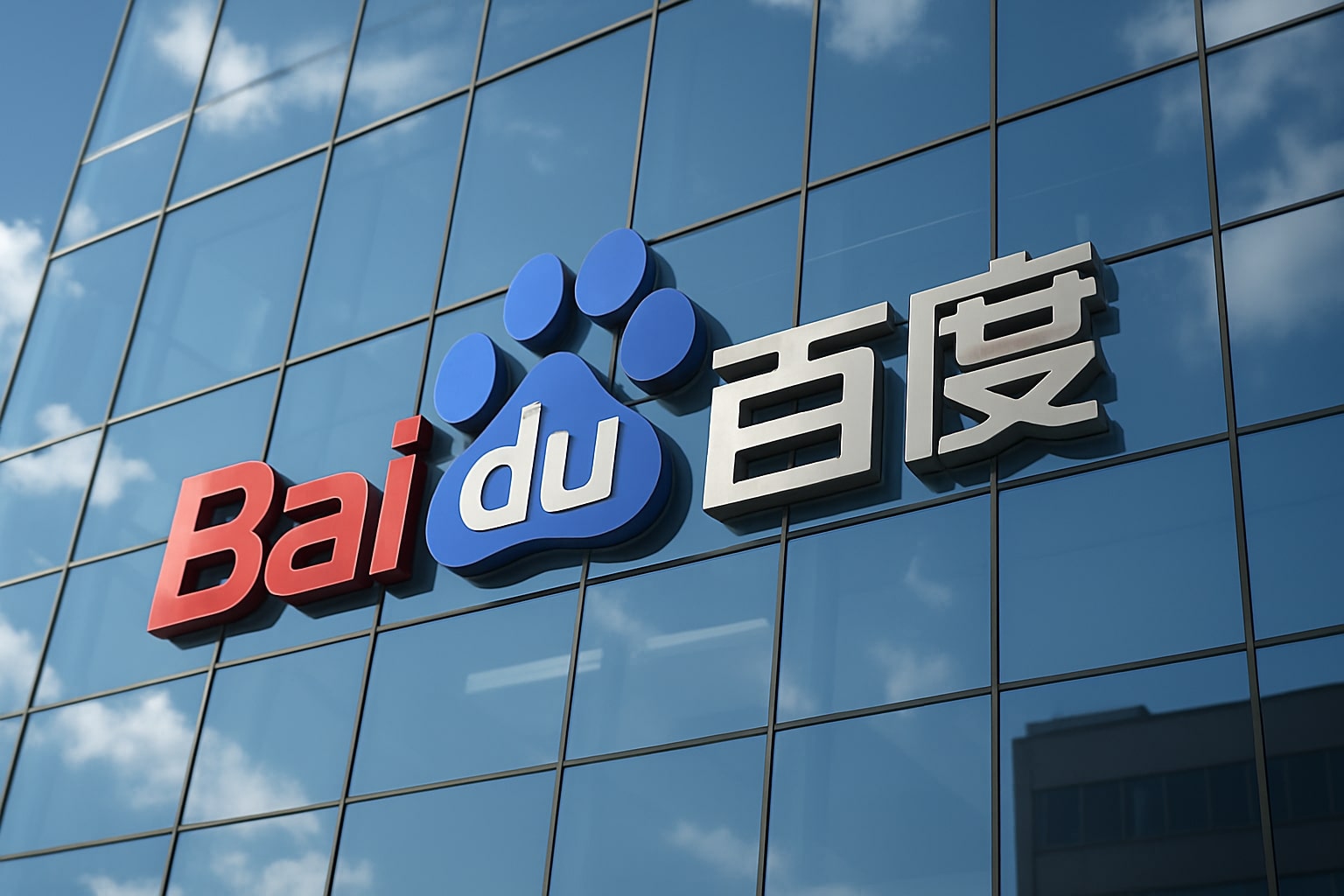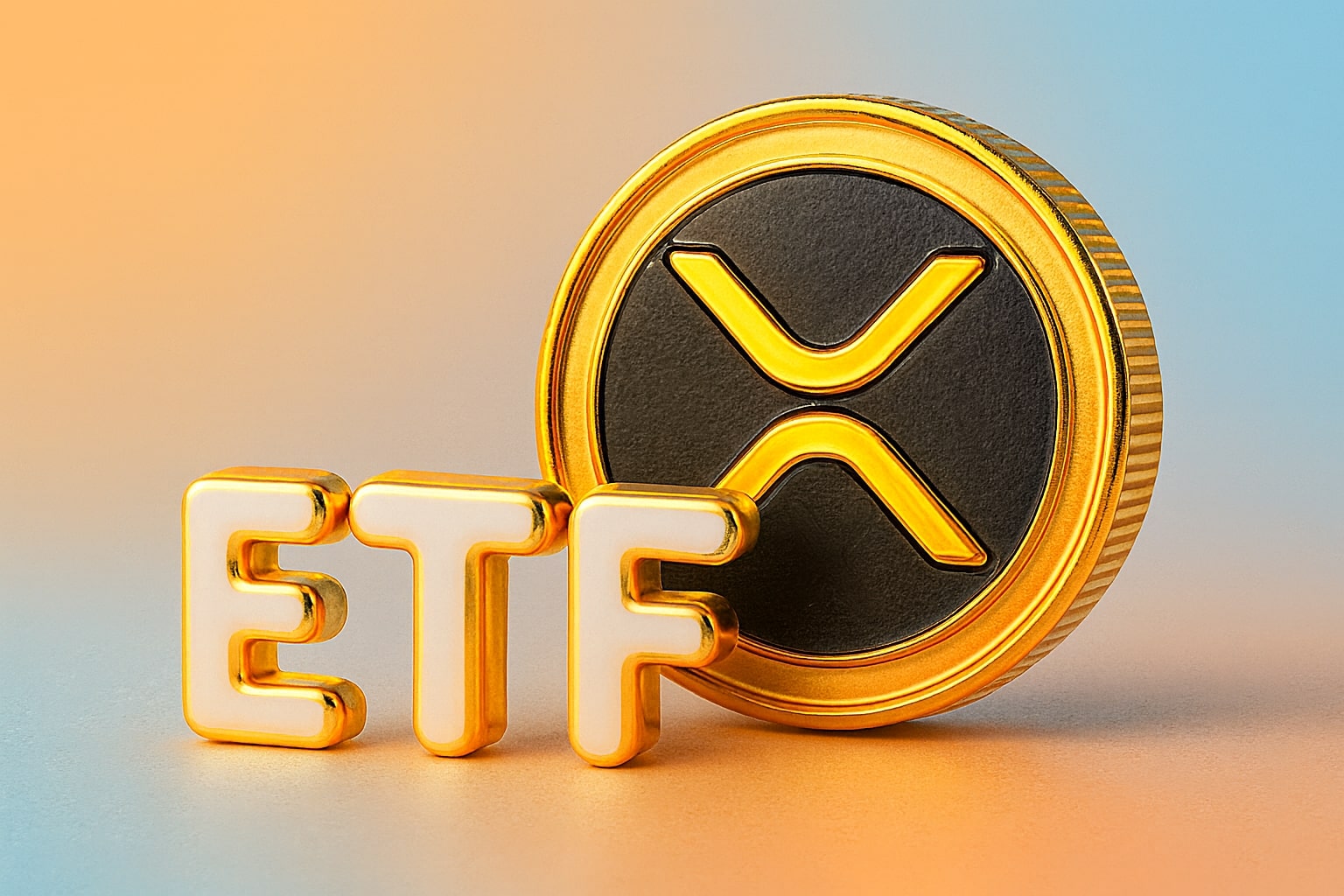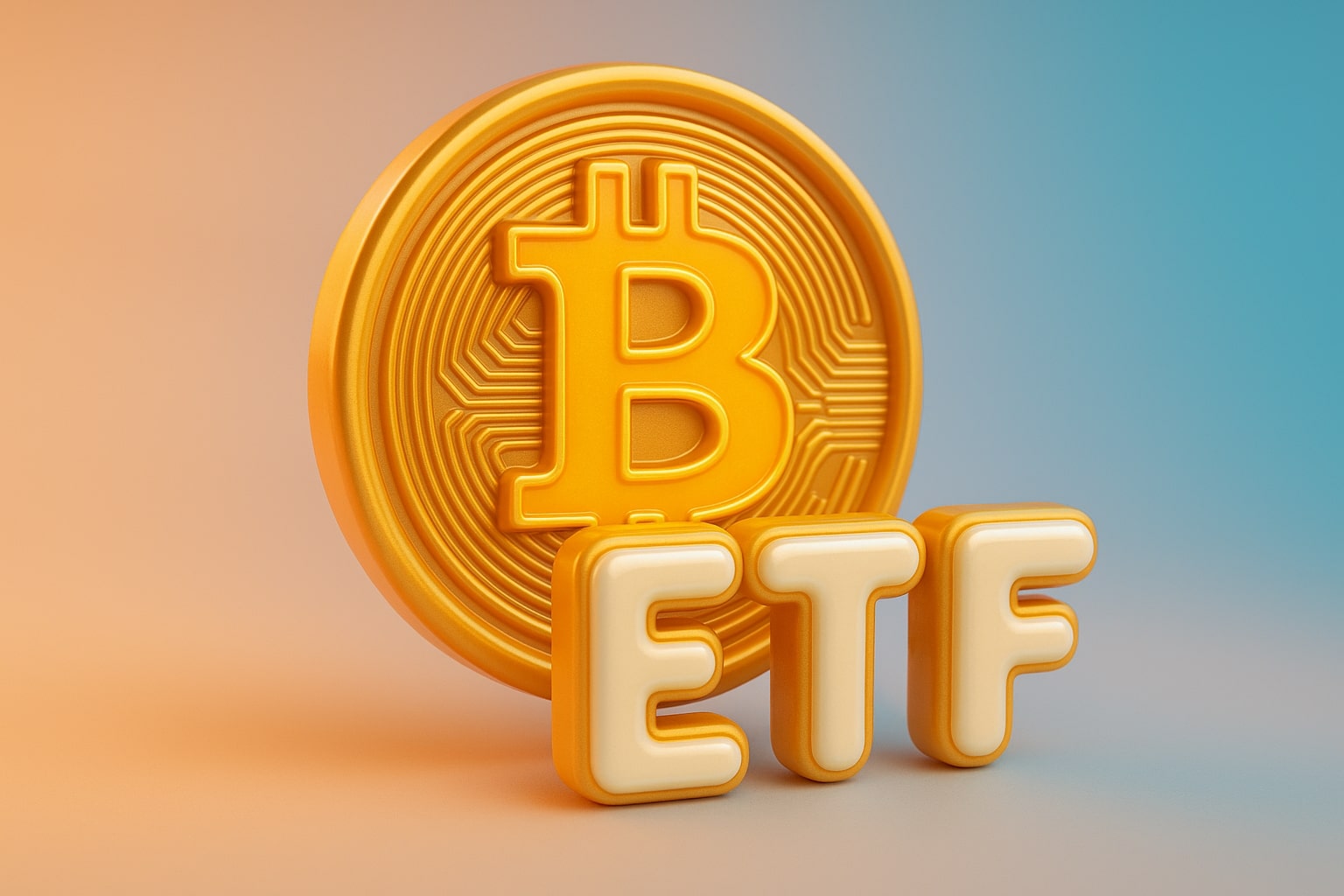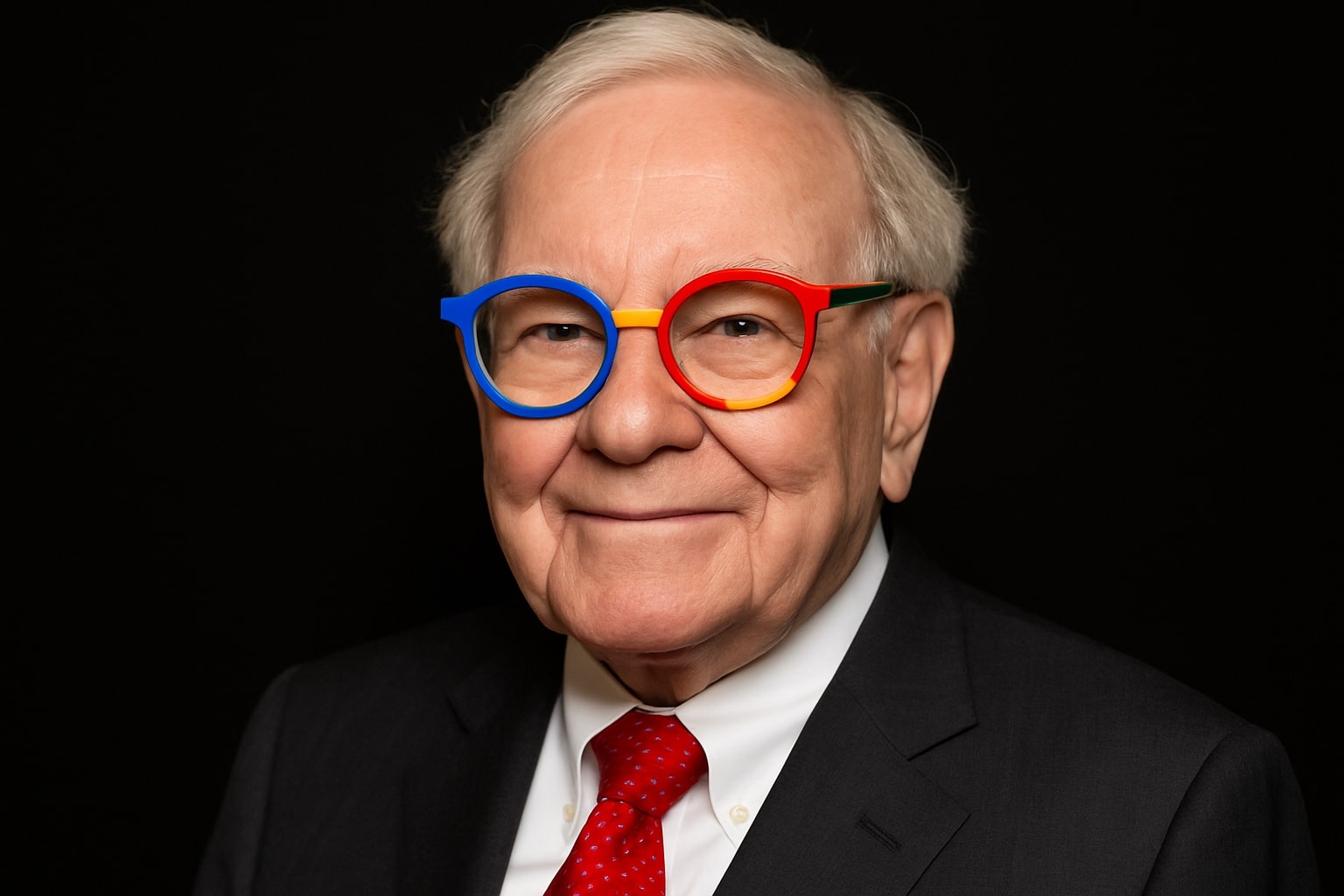
Alphabet Google Stock Price Forecast - Buffett’s $4.3B Stake Fuels Target Toward $350
With shares at $318.70 and Buffett’s Berkshire Hathaway entering with a $4.3B position, Alphabet’s next rally phase could push toward $350 | That's TradingNEWS
Alphabet’s Expanding Dominance: A Full Breakdown of NASDAQ:GOOG’s Market Strength
Alphabet Inc. (NASDAQ:GOOG) is once again demonstrating why it sits at the core of the global technology landscape. The company’s latest quarter revealed a financial and operational performance that separates it from every other AI and cloud contender. Alphabet’s Q3 2025 revenue reached an unprecedented $102.3 billion, up 15.9% year-over-year, marking its first-ever quarter above the $100 billion line. This figure underscores not only scale but resilience, as the company delivered these results amid a costly expansion in AI infrastructure and persistent regulatory burdens. Net income jumped 32.9% to $34.98 billion, while earnings per share climbed 35.4% to $2.87, even after absorbing a $3.5 billion European Commission fine. Alphabet’s operating margin of 33.9% and net profit margin of 34.1% remain sector-leading, emphasizing exceptional monetization efficiency relative to peers.
Alphabet’s stock currently trades at $318.47, a 6.28% daily gain, with a new 52-week high at $319.80. The company’s market capitalization stands at $3.83 trillion, solidifying its position behind only Microsoft and Apple in global value. Its P/E ratio of 31.86 and forward multiple of 28.5x highlight a market pricing in strong future earnings expansion, not speculative hype. What differentiates Alphabet today is that this valuation is supported by clear structural transformation — its AI infrastructure, vertical integration, and diversified monetization are producing real earnings growth.
Gemini 3 and the Reinvention of Alphabet’s Core
The release of Gemini 3, trained entirely on Google’s proprietary Ironwood TPUv7, marks a turning point in Alphabet’s AI ecosystem. This model outperforms both GPT-5 and Claude 3 in reasoning, visual interpretation, and multi-modal capabilities, while operating within a fully self-sufficient hardware and software environment. Gemini processes over 1.3 quadrillion tokens per month, up 20x from last year, proving Alphabet’s unmatched scaling power.
Gemini 3 has been integrated directly into Google’s revenue engines — Search, YouTube, and Workspace — resulting in immediate commercial impact. AI Overview, now used by over 2 billion monthly active users, has redefined how consumers interact with Search, maintaining the same monetization rate as traditional search results while improving ad relevance. Meanwhile, AI Mode, a feature offering personalized, conversational results, has surpassed 75 million daily active users in just months. Together, these features are expanding engagement, improving user stickiness, and increasing ad impressions per session.
Gemini’s success isn’t limited to consumer tools. It powers AI Max, Google’s campaign automation product, which improves conversion rates by 14% at similar CPA levels. The synergy between these AI systems is visible in Google’s latest advertising performance: both paid clicks and cost-per-click rose 7% year-over-year, confirming that AI enhancements are lifting monetization efficiency. Where skeptics once feared AI cannibalization, Alphabet is proving the opposite — generative AI has fortified its core business economics.
Google Cloud: A Structural Growth Driver Scaling Into the AI Economy
Google Cloud continues to be the company’s most powerful growth vector. The segment generated $15.2 billion in Q3 revenue, growing 34% year-over-year, while maintaining profitability at scale. Alphabet’s Google Cloud Platform (GCP) now carries a $155 billion revenue backlog, up 82% from last year, reflecting accelerating enterprise adoption for AI workloads and multi-cloud strategies.
Amid global capacity bottlenecks hitting AWS (Amazon) and Microsoft Azure, Alphabet’s in-house TPU architecture is emerging as a critical differentiator. Its Ironwood TPUv7 chips deliver 10x the performance of TPUv5 and 3x the performance of TPUv6, with 2x performance per watt, positioning them as the industry’s most power-efficient compute solution. In an environment of rising energy constraints, these performance-per-dollar and efficiency advantages give Google a meaningful cost edge.
CapEx for FY2025 is projected at $91–93 billion, up from prior guidance of $85 billion, with 60% dedicated to servers and 40% toward data centers and network expansion. This investment wave isn’t a gamble — it’s feeding directly into growth. More than 70% of Google Cloud customers now use at least one of its 13 AI product lines, each generating over $1 billion in annual recurring revenue. Enterprise clients are consolidating around Google’s hybrid AI stack, from Gemini APIs to Vertex AI and Duet AI integrations, strengthening GCP’s competitive moat against AWS and Azure.
Alphabet’s cloud profitability is also catching up rapidly. The division’s margins continue expanding as scale efficiency kicks in, creating a second durable profit driver beside Search. Analysts forecast 29.9% CAGR in Google Cloud revenue through 2030, underlining the long-term structural uplift tied to AI infrastructure leadership.
YouTube’s AI Flywheel and Monetization Engine
YouTube has evolved into Alphabet’s most strategic media platform. Q3 revenue surged 15% year-over-year to $10.3 billion, with the platform capturing the largest share of U.S. streaming screen time, ahead of Netflix. The integration of Gemini-powered recommendation systems has improved engagement and retention, boosting ad inventory quality and increasing average watch time per user.
Alphabet is also advancing monetization via AI-powered product tagging, turning passive video content into shoppable experiences. This approach transforms YouTube from an ad-dependent property into a hybrid of advertising and e-commerce — a model with higher long-term margins. Connected-TV ad formats, which now generate over $1 billion annually, reinforce YouTube’s position as the go-to advertising channel for brand awareness campaigns on television screens.
The AI-enabled recommendation and conversion pipeline is feeding into stronger CPM rates, while YouTube’s subscription products — YouTube Premium and Music — continue expanding their paying user base. Together, these shifts are turning YouTube into a hybrid revenue model capable of double-digit growth through both ad and recurring revenue streams.
Financial Discipline, Scale, and Capital Power
Alphabet’s operational excellence extends well beyond product innovation. The company’s cash from operations reached $48.4 billion in Q3, up 57.7% year-over-year, while free cash flow rose to $14.02 billion despite record CapEx. Alphabet’s liquidity remains formidable, with $98.5 billion in cash and short-term investments and minimal leverage on a $536.4 billion balance sheet.
Alphabet’s return metrics — 35.45% ROE, 23.16% ROA, and 32.23% net margin — place it at the top of the global large-cap technology cohort. These ratios underscore Alphabet’s ability to generate higher earnings from every dollar of capital than any peer in the Communication Services sector.
At the same time, the company is rewarding shareholders. Alphabet declared a $0.21 per-share dividend and continues to execute aggressive buybacks, repurchasing $15 billion in Q3 alone. Its workforce has expanded to 190,167 employees, up from 181,269 a year prior, yet margins improved, showing exceptional operating leverage as AI deployment scales.
Buffett’s $4.3 Billion Stake in NASDAQ:GOOG Marks a Historic Vote of Confidence
Warren Buffett’s $4.3 billion investment in Alphabet Inc. (NASDAQ:GOOG) is one of the most meaningful capital shifts of the decade. Berkshire Hathaway — long known for avoiding fast-growing tech — has placed Alphabet among its top 10 holdings, signaling that the Oracle of Omaha views Google’s AI-anchored ecosystem as a new standard of durable value. The move completes a two-decade loop: in 2004, Google founders Larry Page and Sergey Brin modeled their IPO “Owner’s Manual” after Buffett’s writings on long-term discipline and transparency. Today, Buffett’s own endorsement validates that philosophy.
The purchase was not driven by speculation but by fundamentals. Alphabet’s Q3 2025 performance — $102.3 billion revenue (+15.9% YoY), $34.98 billion net income (+32.9%), $2.87 EPS (+35.4%), and 33.9% operating margin — embodies the consistent profitability Buffett prizes. With $98.5 billion cash, 35.45% ROE, and a valuation of 31.8× earnings, Alphabet combines fortress liquidity with under-appreciated value relative to Microsoft (32×) and Nvidia (42×). Its $155 billion Google Cloud backlog, dominant Gemini 3 AI model, and vertically integrated TPU hardware show the kind of structural moat Berkshire seeks — businesses whose advantage widens over time.
Read More
-
SCHD ETF Price at $27: Can SCHD’s 4% Yield and 9.15% Dividend Growth Beat High-Yield Covered Call ETFs?
15.12.2025 · TradingNEWS ArchiveStocks
-
XRP ETFs Close on $1B Inflows as XRPI at $10.92 and XRPR at $15.52 Hit 52-Week Lows
15.12.2025 · TradingNEWS ArchiveCrypto
-
Natural Gas Price Forecast: NG=F Holds the $4 Floor as Oversupply Clashes with 2026 LNG Demand
15.12.2025 · TradingNEWS ArchiveCommodities
-
USD/JPY Price Forecast - Dollar to Yen At 155: Yen Strength Builds As BoJ Hike And NFP Collide
15.12.2025 · TradingNEWS ArchiveForex
From Inspiration to Alignment: Buffett Sees Alphabet as the New Definition of Enduring Value
Buffett once said great companies “build a fortress before they build a castle.” Alphabet has done both. Its control of Search, YouTube, Android, and Cloud forms an economic moat reinforced by AI infrastructure that functions like a modern utility — a constant, monetizable necessity for digital life. By entering now, Berkshire is signaling belief that Google’s AI expansion is not a bubble but a long-cycle compounder, turning artificial intelligence into a repeatable profit engine.
Valuation, Market Structure, and Technical Dynamics
Alphabet’s valuation, while elevated, remains underpinned by tangible fundamentals. At 31.86x trailing P/E and 8.9x EV/Sales, GOOG trades at a premium but not an unjustified one. When modeled through a DCF assuming 15% compound revenue growth and 9.6% WACC, fair value lands at approximately $338 per share, representing 6% upside from current levels.
Technically, GOOG maintains a powerful upward trend. It trades firmly above its 50-day moving average of $295 and 200-day average of $252. RSI near 61 indicates strong momentum without overbought risk. Support is concentrated between $305 and $295, while resistance sits at $320 and $338, aligning with the upper range of the implied fair value band. Institutional flows remain robust, with average daily trading volume above 23 million shares, reflecting consistent accumulation across hedge funds and ETFs.
The Strategic Independence of Alphabet’s AI Stack
Unlike peers dependent on third-party hardware and software, Alphabet’s vertical integration is absolute. It owns the chips (TPUs), the foundation models (Gemini, Veo, Imagen, Lyria), the operating systems (Android, Chrome, and YouTube), and the monetization infrastructure (Ads, Cloud, Subscriptions). This autonomy ensures insulation from supply shocks and pricing volatility that affect NVIDIA-based cloud operators.
The Ironwood TPUv7 generation has turned Google into a credible alternative compute provider, breaking dependence on NVIDIA’s constrained Blackwell GPUs. This autonomy strengthens pricing power and accelerates scalability. It also positions Alphabet to serve both internal workloads and external clients seeking reliable, cost-efficient AI compute — a dual benefit unmatched by rivals.
Balancing Risk and Execution
The key risk for NASDAQ:GOOG lies in sustaining growth at a valuation that already prices in execution excellence. If AI adoption or ad revenue moderates, short-term multiple compression could pull the stock toward the $279–$290 range. Competitive pressure from Microsoft’s Copilot ecosystem, Amazon’s Bedrock, or OpenAI’s direct interfaces remains material.
However, the company’s ecosystem depth mitigates these risks. Every layer of Google’s product stack — from Search to YouTube, from Gemini to Cloud — reinforces the others, creating a compounding growth model. Its AI-driven flywheel is already proving defensible through network effects, data scale, and proprietary infrastructure.
Alphabet is operating with unmatched breadth: Search ad revenue at $56.6 billion, YouTube at $10.3 billion, Cloud at $15.2 billion, and Other Bets (including Waymo) scaling 4 million rides last year. Together, these segments represent not diversification for its own sake, but a structurally integrated engine of profit compounding.
Verdict
Alphabet (NASDAQ:GOOG) remains the most vertically integrated and profitable AI powerhouse in the market. With a record $102.3 billion quarterly revenue, a $155 billion cloud backlog, and 35% EPS growth, the company’s trajectory is unmistakably upward. Its control of the entire AI stack — from semiconductors to advertising — positions it to dominate the next decade of digital infrastructure.
Based on current fundamentals, price structure, and institutional accumulation, GOOG is a Buy, with an upward bias toward $338 as its next near-term target.














